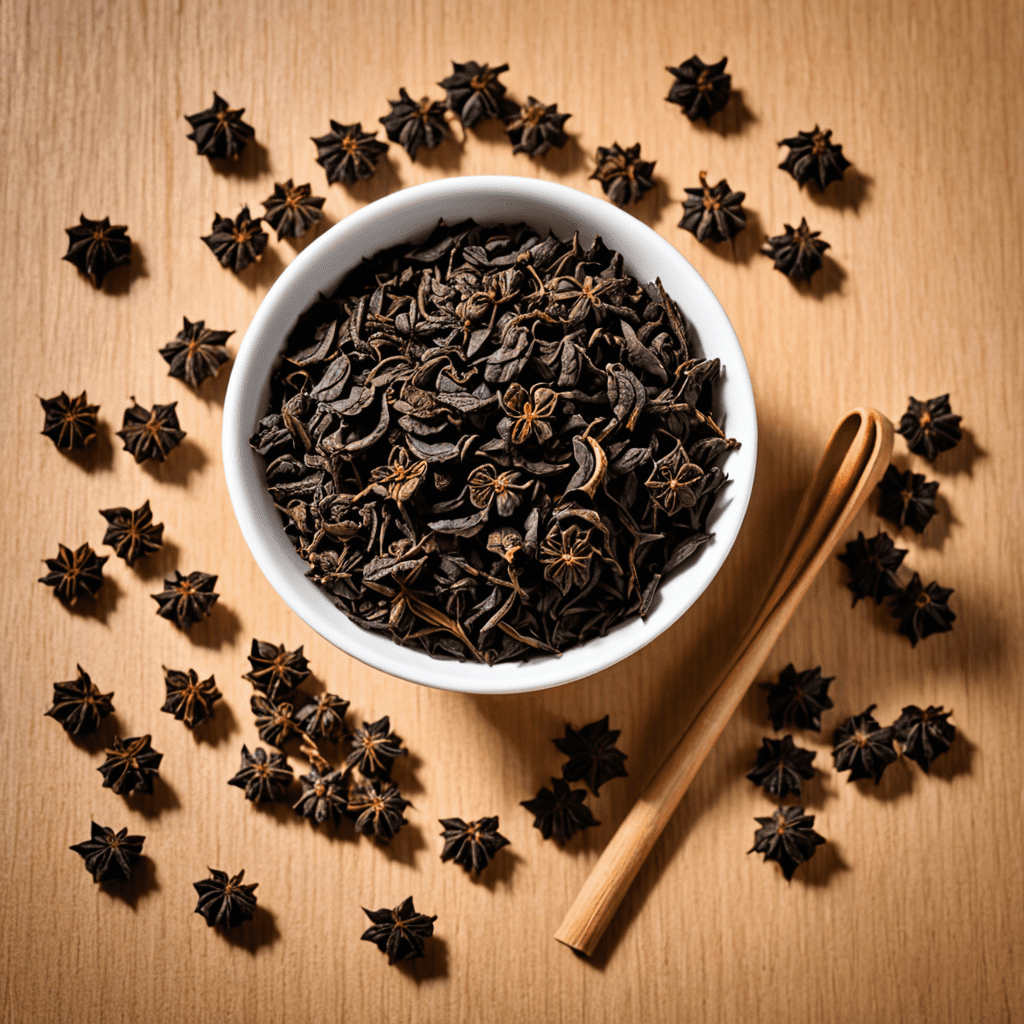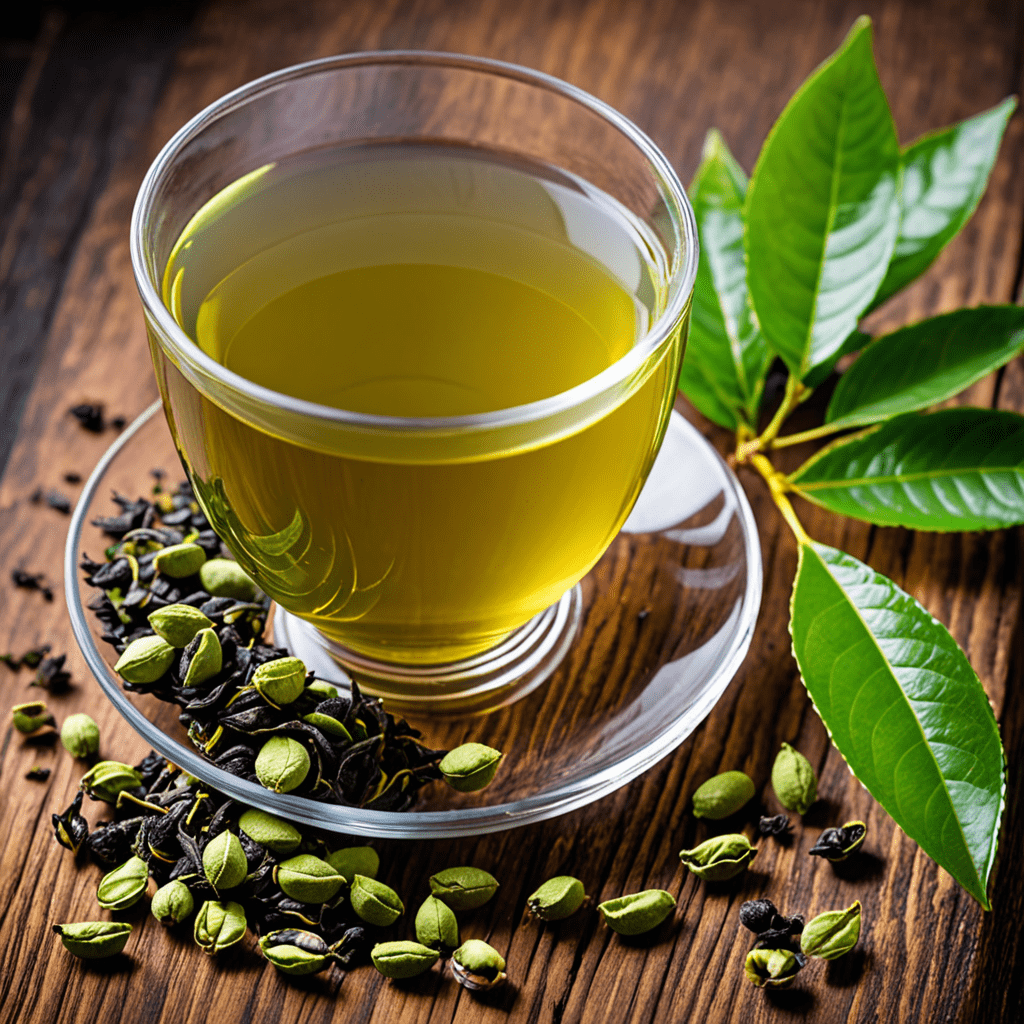
The Cultural Significance of Pu-erh Tea
Pu-erh tea, a revered Chinese tea with a rich history and cultural significance, holds a distinct place in the world of tea appreciation. Let’s delve into the cultural nuances and importance of Pu-erh tea.
1. Origins and History
Originating from the Yunnan province of China, Pu-erh tea has been cultivated and enjoyed for centuries. Its history dates back to the Eastern Han Dynasty (25-220 AD). The tea was initially crafted for trade and tribute, eventually gaining popularity for its unique flavor and purported health benefits.
2. Traditional Production
Pu-erh tea undergoes a unique fermentation process that sets it apart from other traditional teas. The leaves are harvested, withered, pan-fired, rolled, and fermented, resulting in a distinctive earthy flavor profile. The aging process further enhances its taste and value.
3. Tea Culture and Ceremonies
In Chinese culture, Pu-erh tea is not merely a beverage but a symbol of respect, friendship, and hospitality. It is often served during formal occasions, family gatherings, and business meetings. Tea ceremonies involving Pu-erh tea highlight the importance of mindfulness, connection, and tradition.
4. Health Benefits and Rituals
Besides its cultural significance, Pu-erh tea is celebrated for its potential health benefits. It is believed to aid digestion, promote weight loss, and boost overall well-being. Many tea drinkers incorporate Pu-erh into their daily rituals for both flavor and health reasons.
5. Collecting and Investment
Due to its unique aging process and complex flavor profile, Pu-erh tea has garnered attention from collectors and investors worldwide. The value of aged Pu-erh can appreciate significantly over time, making it a coveted item among tea enthusiasts and investors alike.
6. Global Influence and Appreciation
While deeply rooted in Chinese culture, Pu-erh tea has transcended borders, gaining popularity among tea lovers globally. Its distinct taste, cultural significance, and potential health benefits have contributed to its widespread appreciation and consumption outside of China.
7. Sustainability and Future Prospects
With increasing awareness of sustainability and ethical sourcing practices, the production and consumption of Pu-erh tea are evolving. Efforts to maintain ecological balance, support local communities, and preserve traditional tea-making methods are shaping the future of Pu-erh tea and ensuring its cultural significance endures for generations to come.
What is Pu-erh Tea?
Answer:
Pu-erh tea is a fermented tea hailing from the Yunnan province in China. It undergoes microbial fermentation, leading to its unique flavor profile and health benefits.
Why is Pu-erh Tea Culturally Significant?
Answer:
Pu-erh tea holds cultural significance as an ancient Chinese tea with deep-rooted traditions, associated with social gatherings, ceremonies, and even considered a form of art in tea culture.
How is Pu-erh Tea Linked to Chinese History?
Answer:
Pu-erh tea has historical relevance as it was a prized tribute tea offered to emperors. It symbolizes China’s tea heritage and reflects the country’s rich cultural past.
What Makes Pu-erh Tea Different from Other Teas?
Answer:
Pu-erh tea stands out due to its fermentation process, aging potential, and earthy, robust flavors. Unlike other teas, it improves with age, developing complex taste profiles.


